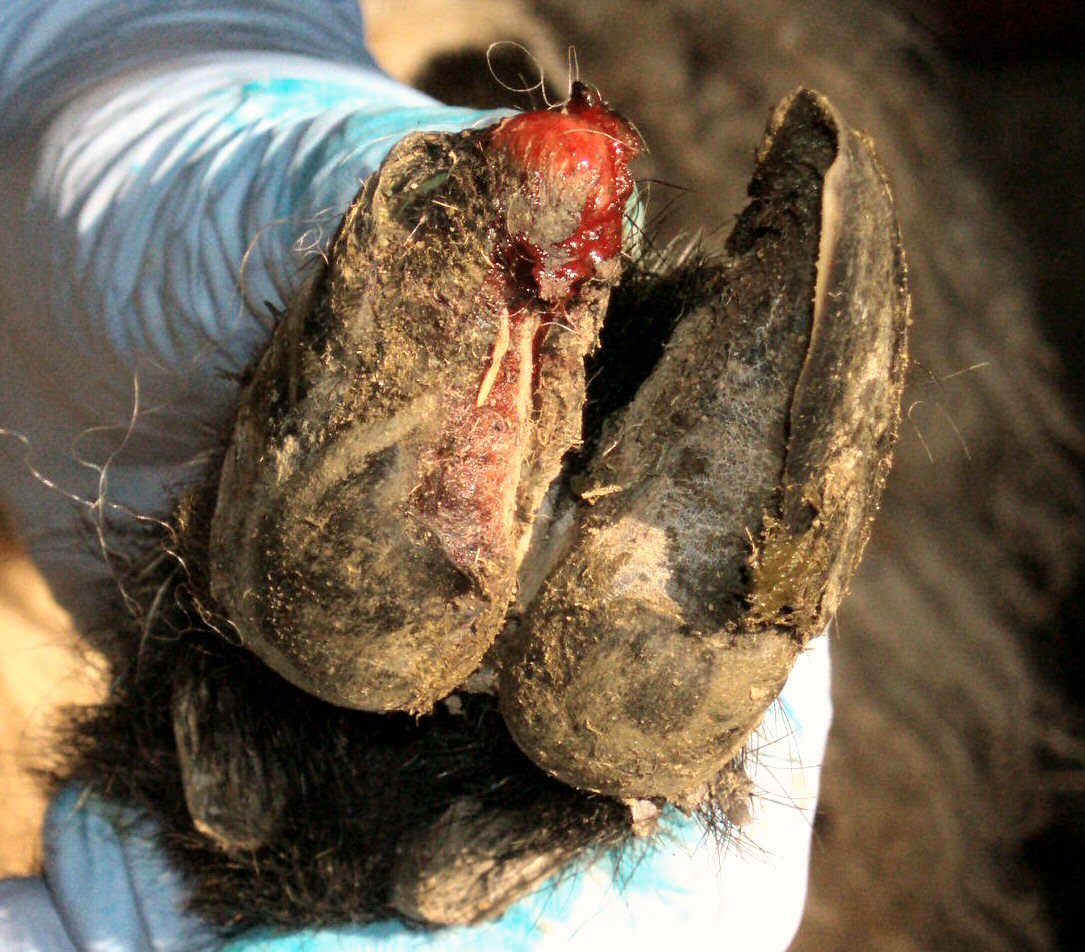- Home
- Knowledge library
- Toe granuloma: diseases that cause lameness in sheep
Toe granuloma: diseases that cause lameness in sheep
Find out how to look for the signs of toe granuloma and treat it effectively.

Cause
Foot damage, especially that caused by excessive foot-trimming and foot-bathing, is the most common cause of toe granuloma. The fleshy ‘strawberry’ is a response to cutting into the sensitive tissue beneath the hoof horn. It can also follow severe cases of footrot and CODD that have not been treated promptly.
Treatment
For the best treatment options, seek veterinary advice. Treatment can include removal of the granuloma by tying off with dental floss, bandaging the foot with copper sulphate, or surgical removal. Use painkillers and antibiotics if there are signs of infection. Keep animals close to the farm to check regularly. There is a risk of regrowth of the granuloma; consider culling these sheep.
Prevention
Avoid trimming feet unless absolutely necessary and do not trim into the sensitive tissues that bleed. Always treat other conditions, such as footrot and CODD appropriately as soon as possible.

